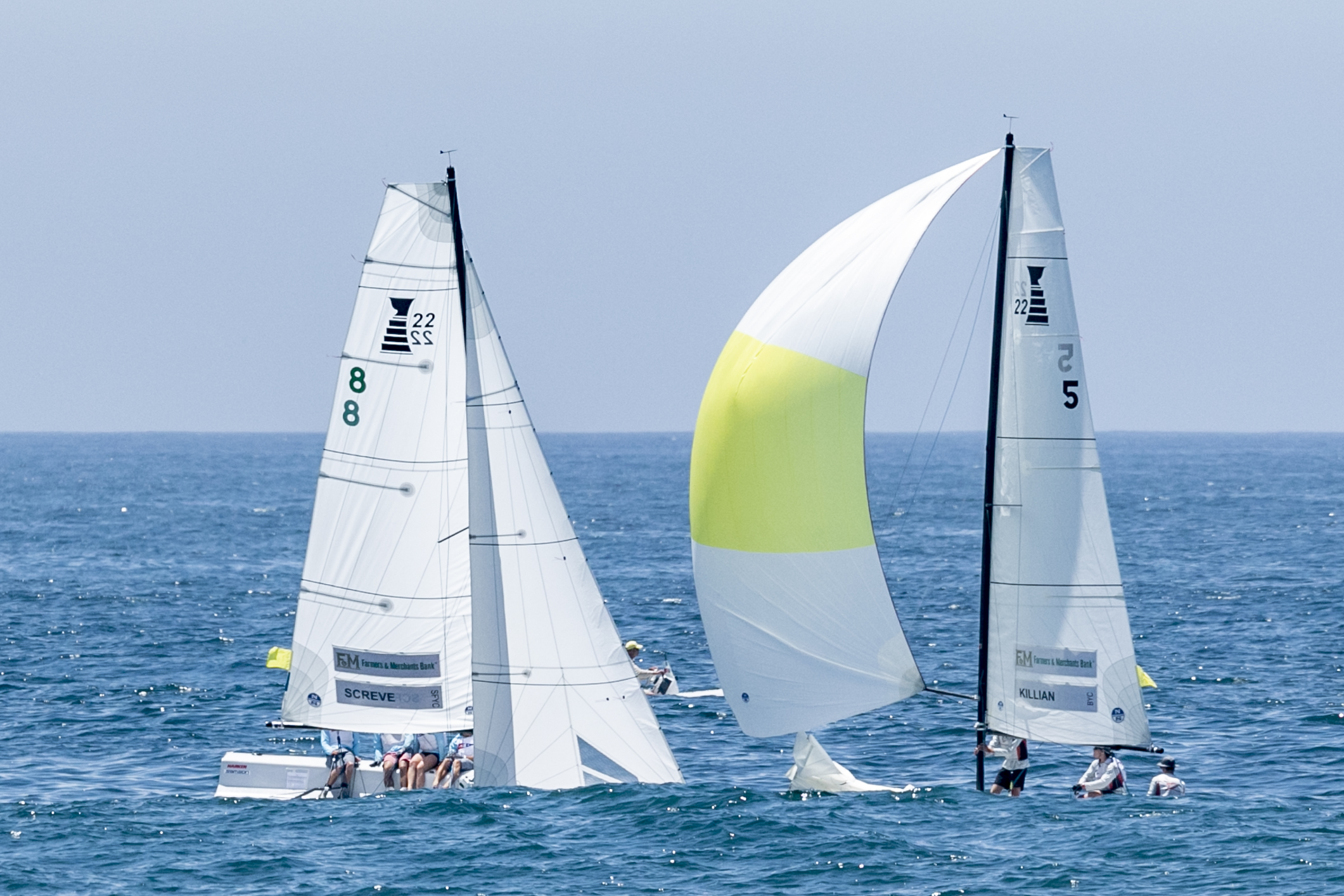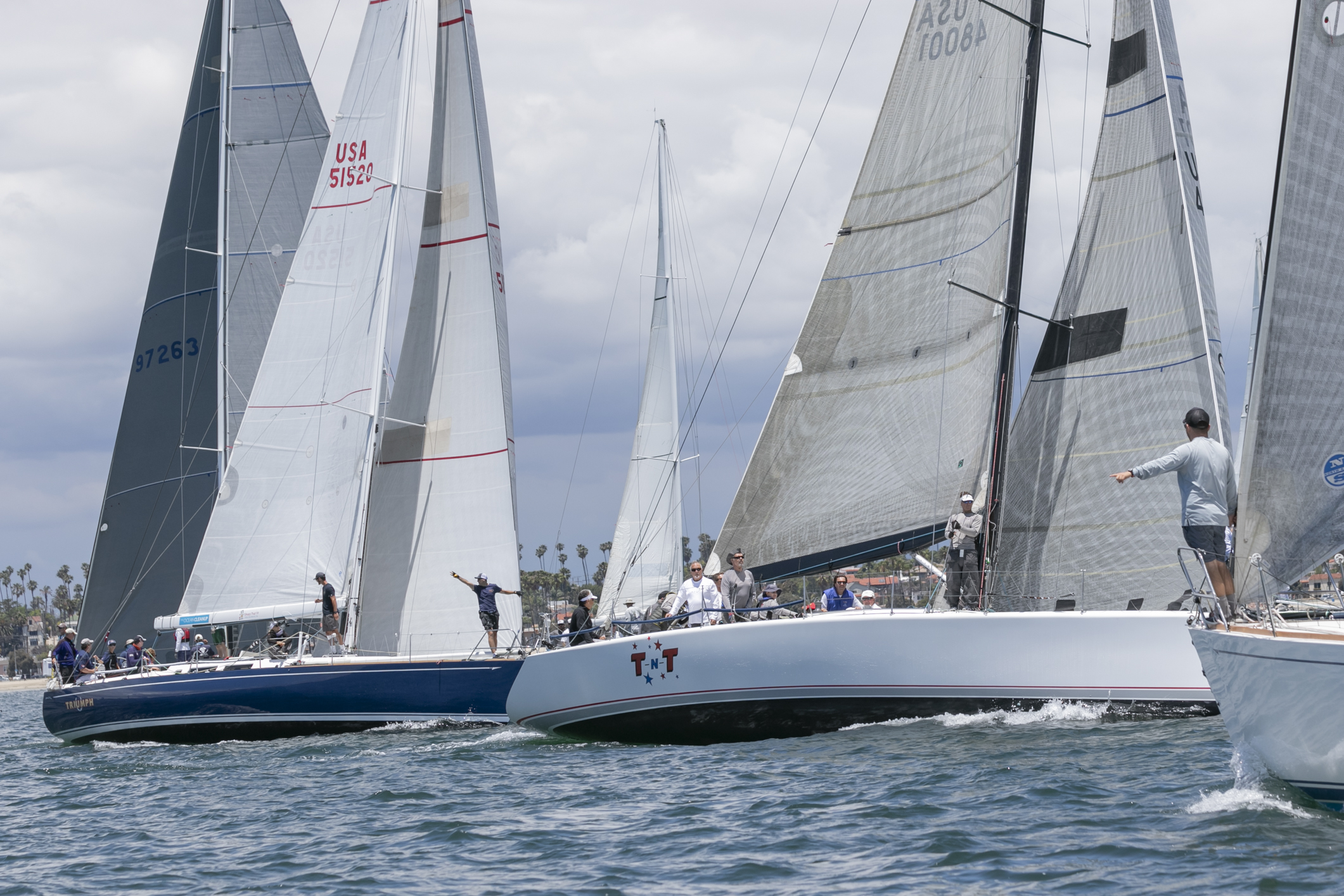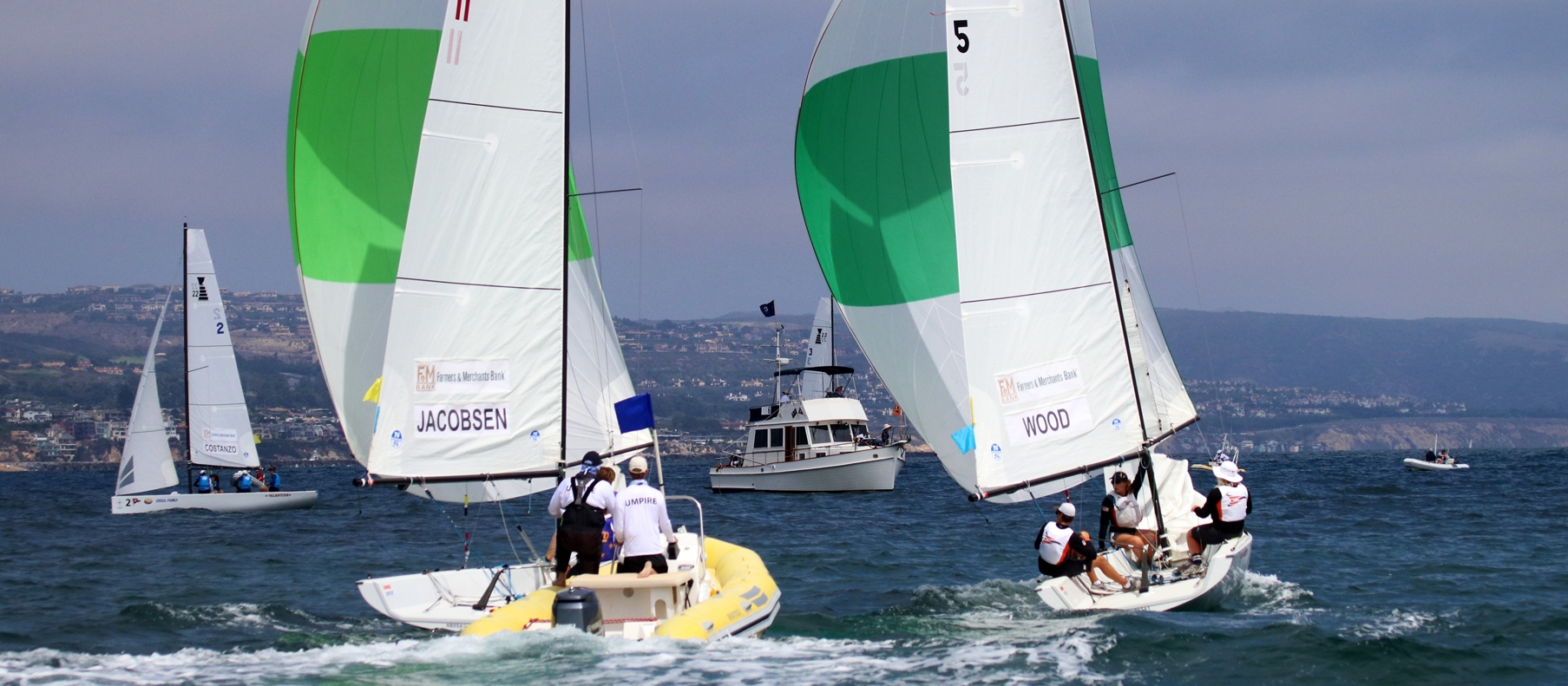Ahoy!
Wow, last my column last week (“Waterfront Land Use: Where Is the Boating Community’s Voice?, NB Indy, Aug. 20) stirred up an influx of emails to my inbox, but once again, I have yet to see those in the marine industry go on record with letters to the editor.
An important development is that Capt. Chandler Bell is revitalizing the Marine Committee of the Newport Beach Chamber of Commerce that I chaired for six or seven years. An important committee, it weighs in on the issues affecting recreational boating, the marine industry, charter boats, ship yards, and many more. Chandler will do a fine job of rebuilding this committee and I give him my full support, so I hope you will too.
Switching topics, I have been asked lately about how to display the flags on your vessel big or small, and I have seen questionable flag etiquette in Newport Harbor, on the Pacific Ocean, and on Lake Arrowhead.
I notice boats flying many different types of flags that are tied without regard to proper yacht flag etiquette. So, maybe a little etiquette lesson is in order. Because there is a long list of procedures for all the possible flags one can hoist on their vessels, I will briefly explain the display of the U.S. Ensign.
Aboard a vessel, one now refers to the “Old Glory” as the U.S. Ensign, and furthermore the popular U.S. boating flag you see with the 13 stars encircling the fouled anchor is called the U.S. Yacht Ensign. The U.S. Ensign is the flag that all U.S. boats, yachts and ships can display, and the Yacht Ensign can be displayed in lieu of the U.S. Ensign on yachts only while in U.S. waters.
However, members of the United States Power Squadron have an additional third choice, the USPS Ensign, which can replace either for the other two flags. Proper etiquette dictates that “colors are made” at 0800, and for you landlubbers this means that you can fly your flag in the morning starting at 8 a.m. The flag is flown until sunset, when colors are not flown, though I have heard differing views about flying after dark.
A flag on land must be lighted when flown after dark, and a few think this applies to flags on vessels, too. However, the references I read state that on a yacht, one can fly colors after dark or before sunrise if you are entering or leaving port. Also, to shine a light on a yacht’s flag after dark is impractical and when underway can interfere with navigational lights or hamper night vision.
All boats when made fast at anchor or dock should fly the Ensign from their stern staff when someone is on board. When underway, powerboats cruising in inland waters or in the ocean when passing another boat can continue flying from the stern staff unless outfitted with a mast and gaff. In that case, relocate the flag to the gaff.
Sport fishers, when fishing, can move the flag to a halyard if there is a chance of damaging the flag or interfering with the activities.
Sailboats should fly the Ensign from the stern staff when made fast, under power, and those following the English practice. Remember, no Ensign should be displayed while racing. I see this foul at many races, especially the after-work summer beercan series in almost every harbor.
It is safe to fly the Ensign from the stern in today’s modern practices, but tradition states when under sail to fly the Ensign 1/3 down the leech of the aftermost sail, usually the leech of the main as in Marconi rigs. If the sailboat’s aft sail is gaffed then move the Ensign all the way up the leech to just below the gaff.
Once you cruise outside the U.S. waters, you may only display the U.S. Ensign, not the Yacht Ensign or the USPS Ensign. It is courtesy – and, in some nations, law – when cruising a foreign nation’s waters to fly the flag of that nation along with your nation’s flag. I have found that marine flag customs in other nations do differ, ranging from not flying the nation’s flag until after checking in with the authorities to having the flag hoisted once you cross over an international boundary line.
Powerboats fly the courtesy flag at the bow staff or, if so equipped, from the fore starboard spreader. Sailboats can only display the courtesy flag from the most forward mast’s spreader. Always remember to hoist the U.S. flag first, and lower it last.
While I have briefly explained yachting flag etiquette, there are a couple exceptions to what I have discussed, plus there are separate procedures for pennants, burgees, government flags, armed services flags, yachting flags and Power Squadron and Coast Guard Auxiliary flags.
Maybe in a future column, I will discuss the etiquette for the flags flying inside and outside at the yacht clubs.
Tip of the week is if you need a specific flag for your boat or need help deciding what flag to display then simply visit Gil Lukosky of Nikki’s Flags Shoppe at 475 Old Newport Blvd. Maybe one day, he will make me a Boathouse TV & Radio Show flag using my caricature.
And don’t forget: Tune in to the No. 1 boating radio talk show in the nation, Capt. Mike Whitehead’s Boathouse Radio Show, broadcasting coast-to-coast on the CRN Digital Talk Radio syndicated network every Saturday at noon, Pacific Time. Join Chandler Bell and me as we talk about “all things boating.” You can find the station listings, cable TV channels, live streaming on the Internet, and an iPhone app at www.BoathouseTV.com or www.BoathouseRadio.com.
Until next week, Safe Voyages!




